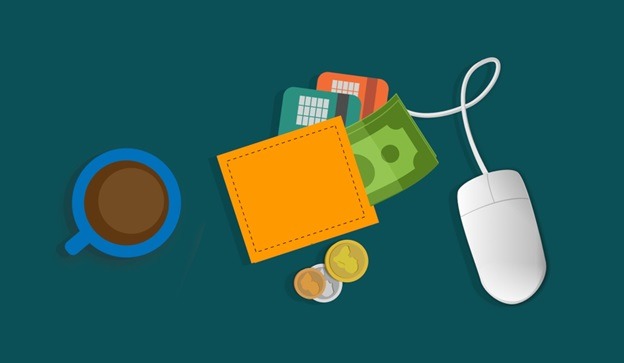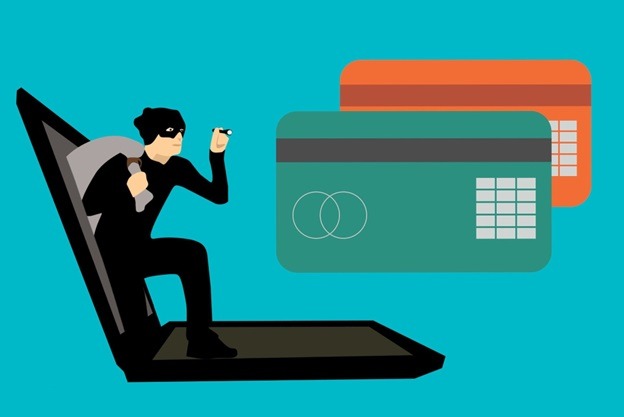Digital payments have taken over the financial world in recent years, with more and more businesses offering their services online. From online banking or BNPL solutions to mobile wallets or digital payment apps, different Fintech solutions are rapidly changing the industry. While this made conducting business easier for companies from various industries, it also made the process simpler and more convenient for customers.
McKinsey’s 2021 Digital Payments Consumer Survey found that over 80% of US consumers used digital payments, from browser-based or in-app purchases to in-store contactless payments using mobile phones or wearables. While the pandemic might’ve started the trends, there is no sign of slowing down our transformation into a cashless society. However, malicious actors have also noticed our growing reliance on digital payment methods and decided to use the opportunity to exploit them. From stealing sensitive personal information to using our payment details to make purchases, malicious actors will stop at nothing to gain profit. This is why all businesses and customers must be aware of the dangers connected with digital payments and, most importantly, how to manage them.
Why are malicious actors targeting digital payments?
For many businesses, the transfer to digital payments was sudden and unexpected, which meant many of them didn’t have the needed cybersecurity protocols in place. While most of them have planned to eventually transform their business towards online endeavors, the pandemic and consequent lockdowns have accelerated their plans and left them unprepared for the increase in online purchases and the introduction of different forms of digital payments.
Many malicious actors have seen this as a lucrative opportunity to exploit those weaknesses for profit. Digital payments offer some degree of anonymity to customers as it can be difficult for merchants to verify their identity, making it easier for cybercriminals to conduct fraudulent actions such as identity theft or account takeover. Fraudsters are already long gone when merchants and customers realize they have been exploited.
The truth is that fraudsters never stand still and continuously use new technologies and developments to stay ahead and cause as much damage as possible. At the same time, a high percentage of companies still do not have adequate cybersecurity policies. If we wish to change the dangers of digital payments, this needs to change. Learning about the risks they face, educating employees, and implementing cybersecurity tools such as SEON’s for detecting and preventing malicious credit card activities are among the steps every company needs to take to protect themselves and their clients.
What are the best practices for ensuring digital payment security?
With conventional payment methods, it was a lot easier to confirm a customer’s identity if their transaction raised some red flags – you would just ask them for their ID. With Rapyd’s digital payments, that step gets quite complicated. If you keep asking customers to verify their identity at every transaction, soon you will have no customers. They want simple and fast interaction when purchasing goods or services, not wasting their time and energy on tiresome verification. This is why you need to follow the steps below to maintain digital payment security that won’t cause user friction.
1. Conduct regular risk assessment
The only way you can create an effective cybersecurity framework is by knowing what you are fighting against. By conducting regular risk assessments, you will be able to:
- Determine what are the most common risks you face
- Analyze your security history and any past attacks
- Discover any security vulnerabilities you can update and prevent from happening in the future.
This is the first step you need to take toward digital payment security as it closely ties in with the others.
2. Build an appropriate cybersecurity framework
Not every company needs the same level of cybersecurity protection, but all of them need it. Whether it is an eCommerce site, financial institution, gaming platform, or even an accounting company, they all deal with digital payments and sensitive customer information they need to protect at all costs. This is where risk assessment comes to the rescue. It will allow you to determine the best possible course for creating your cybersecurity framework.
Ensure you are aware of the most common dangers you will face and implement solutions that are designed to fight against them to reduce the risk. By implementing an adaptive cybersecurity framework that is created around dangers your business will face, you will ensure significantly better results than when implementing one-size-fits-all cybersecurity solutions.
3. Ensure PCI DSS compliance
To ensure digital payment security within your business, you should always comply with PCI DSS regulations. This set of guidelines includes anything from mandating the use of firewalls and proper password protection to the importance of protecting customers’ data. Complying with these guidelines will add an additional security layer to digital payment systems, improve business reputations, and help companies stay compliant with the law.
4. Train your employees and create clear security policies
Cybercriminals and fraudsters always try to exploit the weaknesses in the system, and often that would be unsuspecting employees. Employees that are not aware of online dangers or best security practices can easily be tricked into giving fraudsters access to confidential data or critical systems, putting your entire company in jeopardy. By conducting regular cybersecurity training sessions to keep them up to date with the latest security dangers and prevention strategies while ensuring you have clear security policies in place, you can significantly minimize the risks.
5. Be proactive
The area of cybersecurity and cybercrime is fast-paced, and it will do you no good to stand still and let the newest developments pass you by. For example, more and more businesses are accepting Bitcoin as a source of payment, which means you should already be thinking if it would be possible to implement it in your business safely. By staying proactive and continuously updating and adjusting your approach instead of just reacting when something happens, you can stay ahead of cybercriminals that might target your business.
Conclusion
The trend of using digital payments will only continue increasing in years to come, with new technological developments to make it even easier just around the corner. Not only will this allow companies to expand their business operations while making the process easier and more efficient for the customers, but it will also continue introducing new security risks. To ensure they succeed in this new digital environment, businesses will have to prioritize their security strategies and ensure they manage and mitigate all the dangers around digital payments.


